
Roots
When we consider the magnificent crown that is textured hair, we are not simply looking at individual strands; we are gazing into a living archive, a repository of generational wisdom and shared heritage. The very structure of each curl, coil, and wave holds whispers of ancient practices, echoes from a time when connection to the earth was paramount, and well-being was a holistic pursuit. This exploration invites us to delve into the foundational understanding of textured hair, examining how the lessons from traditional herbal rituals have shaped, and continue to shape, our perception of its intrinsic identity.
Our journey begins with the very essence of the hair fiber, viewed through dual lenses ❉ the meticulous gaze of contemporary science and the reverent perspective of ancestral wisdom. These two seemingly disparate paths often converge, affirming the profound knowledge held within traditional practices long before microscopes revealed cellular truths.
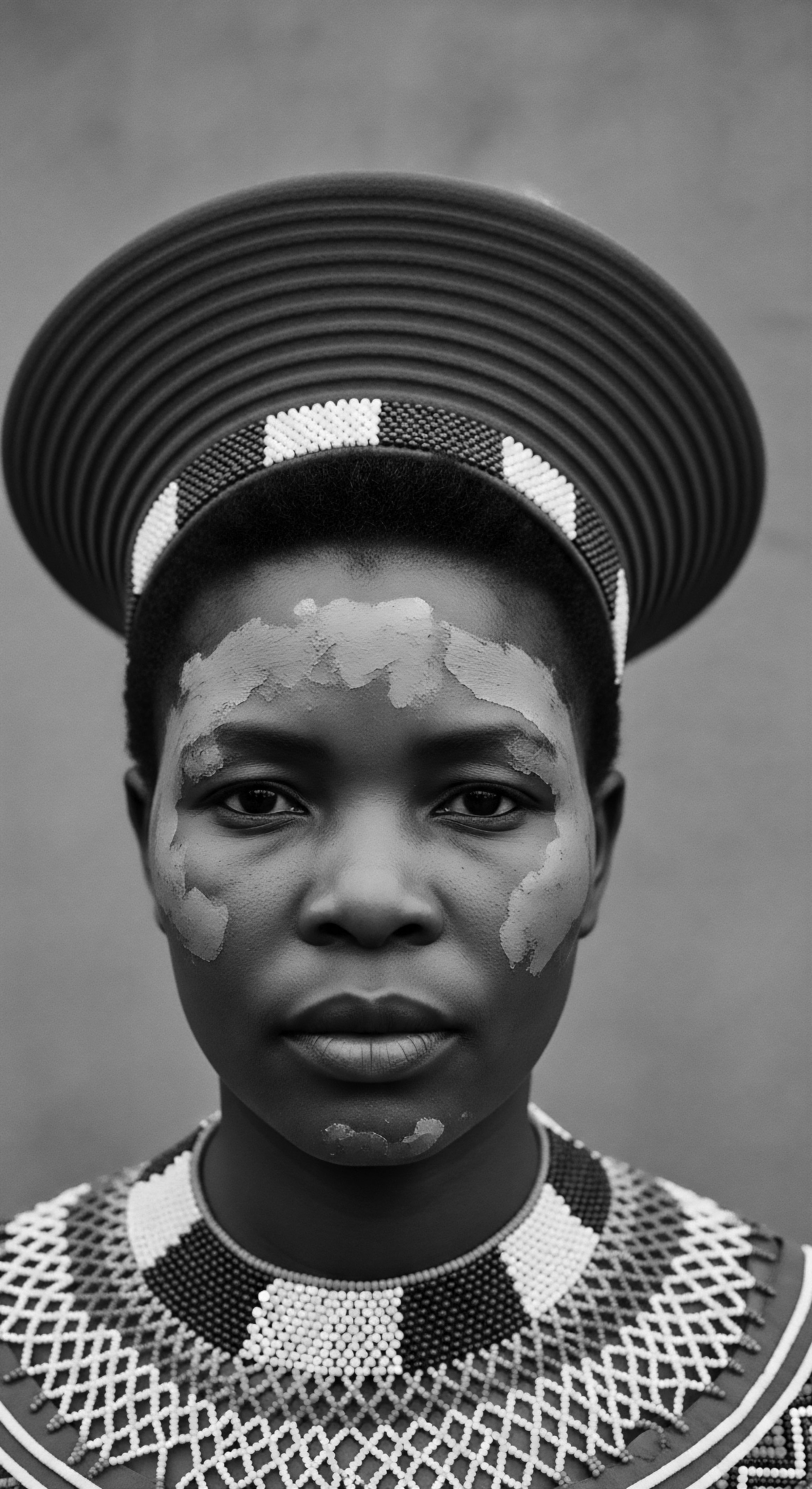
The Sacred Anatomy of the Strand
The unique helices that distinguish textured hair are not merely biological marvels; they are carriers of history. From a scientific standpoint, the elliptical shape of the follicle, the varied distribution of keratin, and the intricate disulfide bonds contribute to the hair’s characteristic curl pattern and its distinct needs. Yet, long before chemical analysis, our ancestors understood these inherent qualities through observation and intuition.
They recognized the hair’s need for hydration, its capacity for shrinkage, and its potential for magnificent volume. This innate understanding guided their selection of botanicals, recognizing, for instance, that certain mucilaginous plants could deliver moisture in ways that addressed the hair’s structural thirst, a direct reflection of its ancestral composition.
The deep lessons of traditional herbal rituals remind us that textured hair is a vibrant testament to ancestral ingenuity, a legacy woven into every strand.

Ancestral Classifications of Hair Textures
While modern hair typing systems offer a precise, albeit sometimes reductive, framework for classification, traditional societies often possessed a more fluid, experiential understanding of hair textures. Their classifications were frequently tied to geography, lineage, and the subtle variations observed within family lines. Hair was understood not just by its curl pattern, but by its reaction to the elements, its ability to hold styles, and its response to various botanical applications.
- Ashanti Hair Groupings ❉ In some West African traditions, hair was categorized by its visual appearance and its tactile qualities, often linked to specific lineage markers or even spiritual attributes.
- Maasai Braiding Types ❉ Beyond simple texture, the Maasai, for instance, distinguished hair by its capacity for intricate braiding, recognizing the strength and resilience of certain hair types suitable for complex, symbolic styles.
- Caribbean Hair Descriptions ❉ Across the Caribbean, terms arose that described hair by its feel—”soft,” “coarse,” “silky,” “kinky”—words that conveyed a blend of texture and behavior, guiding appropriate care.
These traditional understandings, though not codified in a scientific journal, provided a practical and deeply cultural framework for hair care, a system passed down through oral traditions and communal practice. They offered a path to caring for textured hair that was organic, responsive, and deeply respectful of its individual variations.
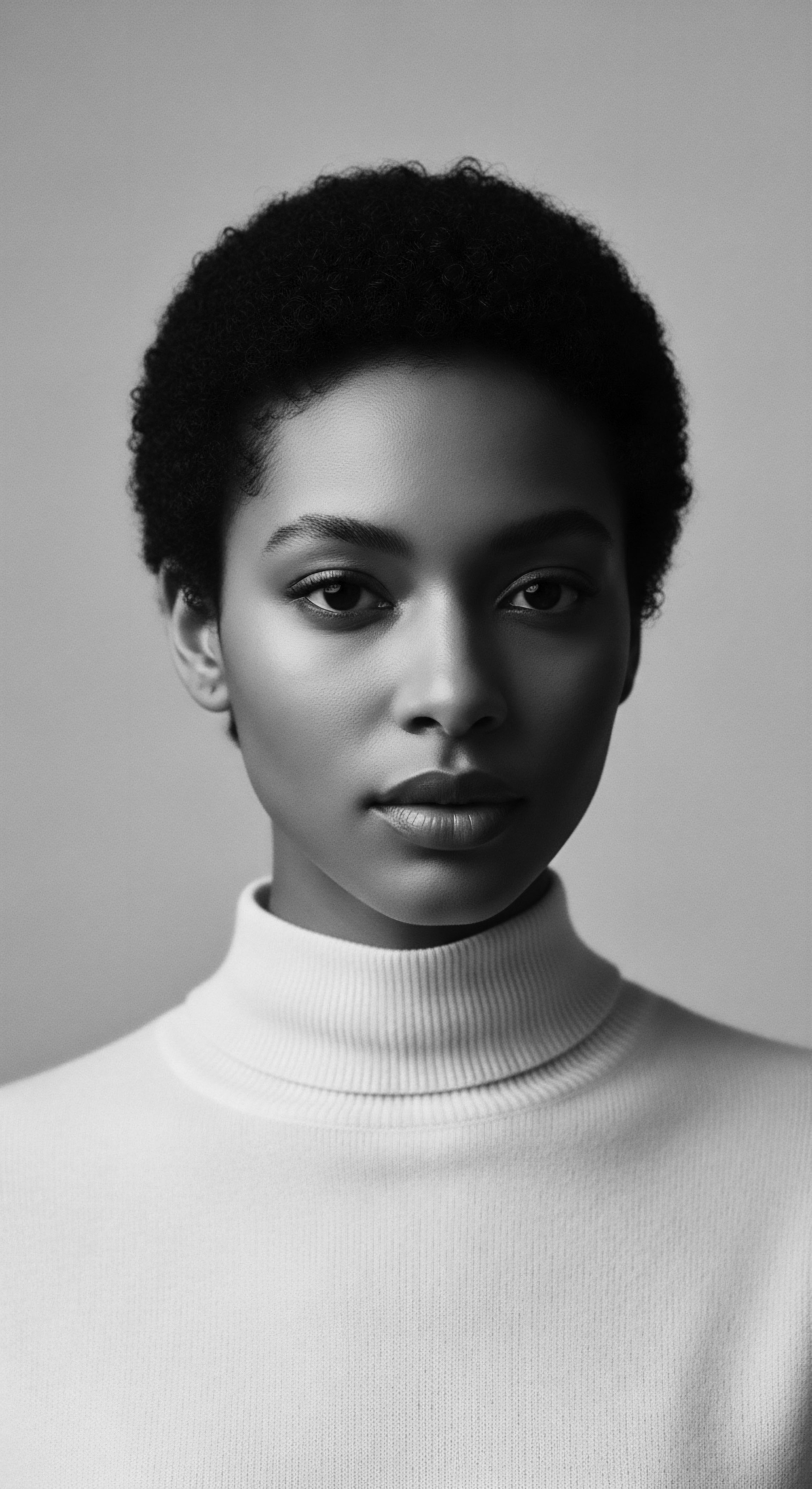
Herbal Allies ❉ Early Discoveries and Uses
The initial engagement with herbal rituals for textured hair was, in many ways, an act of empirical discovery. Ancient communities across Africa, the Caribbean, and the Americas did not possess laboratories, but they possessed generations of patient observation and experimentation. They learned which plants offered cleansing without stripping, which provided moisture without weight, and which possessed properties that soothed the scalp or promoted growth. This practical knowledge, accumulated over centuries, forms the very foundation of our heritage in textured hair care.
| Traditional Botanical Source Aloe Vera (often found in African and Caribbean contexts) |
| Ancestral Hair Benefit Scalp soothing, hydration, conditioning. |
| Modern Scientific Link or Cultural Echo Contains polysaccharides and glycoproteins, known for humectant and anti-inflammatory properties; its legacy continues in modern formulations. |
| Traditional Botanical Source Chebe Powder (Chad) |
| Ancestral Hair Benefit Strengthening, length retention, curl definition. |
| Modern Scientific Link or Cultural Echo A blend of local herbs, its protective application methods align with practices designed to guard delicate hair fibers from breakage. |
| Traditional Botanical Source Hibiscus (Various African and Asian regions) |
| Ancestral Hair Benefit Hair conditioning, natural color enhancement, scalp health. |
| Modern Scientific Link or Cultural Echo Rich in alpha-hydroxy acids and amino acids, modern research affirms its conditioning effects and potential for stimulating hair health. |
| Traditional Botanical Source These plant alliances from our past underscore a continuous dialogue between inherited wisdom and contemporary understanding of hair's needs. |
The enduring lessons here are clear ❉ the earliest custodians of textured hair understood its complexities not through textbook definitions, but through an intuitive, relational connection with the earth and its offerings. They laid the groundwork for a tradition of care that saw hair not as a problem to be tamed, but as a living part of the self, deserving of respectful, plant-derived sustenance.

Ritual
From the foundational understanding of the hair itself, we move to the living, breathing practices that gave form to that knowledge ❉ the rituals. These were not mere routines; they were deliberate acts of care, often imbued with social, spiritual, and communal resonance. The enduring lessons of traditional herbal rituals lie in their profound capacity to elevate hair care from a functional chore to a meaningful practice, deeply tied to textured hair identity and its heritage.
Consider the hands that braided, the bowls that held carefully prepared infusions, the hushed conversations that passed down recipes from elder to youth. This was the tender thread, connecting generations through shared moments of grooming and mutual care.

The Hands That Honored Ritual as Practice
Hair practices in traditional societies were seldom solitary acts. They were communal, often taking place in gathering spaces, under the shade of trees, or within the privacy of familial compounds. These moments were opportunities for intergenerational exchange, for storytelling, for the affirmation of kinship.
The very act of cleansing with a saponin-rich plant, or conditioning with a plant butter, was part of a larger social fabric. The physical act of caring for hair reinforced bonds and transmitted cultural values.
The lessons here transcend mere technique. They speak to the importance of presence, of intentionality. Modern life often rushes us through self-care, but ancestral rituals teach us the value of slowing down, of approaching our hair with reverence, allowing the process itself to be restorative. This heritage of mindful care invites us to reconsider our own routines, perhaps allowing more space for connection, either with loved ones or with the quiet introspection that accompanies dedicated self-grooming.

Styling as Sacred Expression Protective Styles and Their Roots
Protective styles, a cornerstone of textured hair care today, carry a powerful ancestral legacy. Across Africa and the diaspora, braids, twists, and various forms of intricate coiffure were not just aesthetic choices. They served crucial functions ❉ protecting the hair from environmental elements, signifying social status, marking rites of passage, conveying marital status, or even indicating one’s ethnic group. The use of specific herbs or oils during the styling process was not accidental; these botanicals fortified the strands, enhanced their elasticity, and provided a protective barrier that allowed the hair to rest and retain its length.
Traditional hair rituals offer a profound blueprint for holistic well-being, emphasizing not only external beauty but also internal balance.
For instance, the Fulani braids, with their distinctive patterns and adornments, frequently incorporated butter made from shea or kpakpala nuts, infused with herbs like neem or rosemary. These preparations provided a nurturing sealant, safeguarding the hair during long periods of wear, a practice that echoes in today’s use of creams and butters for protective styles. The lesson is one of intelligent guardianship ❉ hair, particularly when styled protectively, thrives when given consistent, herbal-rich care. This heritage provides a profound template for maintaining hair health while expressing identity.

Nighttime Guardians The Wisdom of Sleep Rituals
The practice of protecting hair at night is not a modern invention born of silk scarves and satin bonnets; its roots run deep in ancestral wisdom. Communities understood the wear and tear that could happen to delicate hair fibers during sleep. Though the specific materials might have varied—perhaps woven plant fibers, or carefully prepared animal skins—the underlying principle was the same ❉ to create a secure, friction-minimizing environment for the hair.
This foresight extended to the application of specific balms or oils before bedtime. Often, these were concoctions of herbs steeped in carrier oils, applied gently to the scalp and lengths to hydrate, soothe, and prepare the hair for the night’s rest. Such rituals recognized the hair’s need for continuous care, a practice that sustained its health and reduced damage, laying the groundwork for the vitality observed in many ancestral hair traditions. The lesson here is one of proactive preservation, a nightly devotion that honors the hair’s continuous life cycle.
| Ancestral Tool/Material Fine-toothed Combs (e.g. bone, wood) |
| Primary Traditional Use Detangling, parting, stimulating scalp. |
| Modern Counterpart or Echo in Practice Wide-tooth combs, detangling brushes; the principle of gentle manipulation remains. |
| Ancestral Tool/Material Gourd Bowls & Clay Pots |
| Primary Traditional Use Mixing herbal concoctions, washing vessels. |
| Modern Counterpart or Echo in Practice Mixing bowls, applicator bottles; containers for conscious preparation. |
| Ancestral Tool/Material Plant Fibers/Skins for Wrapping |
| Primary Traditional Use Nighttime protection, moisture retention. |
| Modern Counterpart or Echo in Practice Silk bonnets, satin pillowcases; materials that reduce friction and preserve hydration. |
| Ancestral Tool/Material The ingenuity of ancestral tools reveals a deep understanding of hair's needs, echoed in the purposeful design of modern implements. |
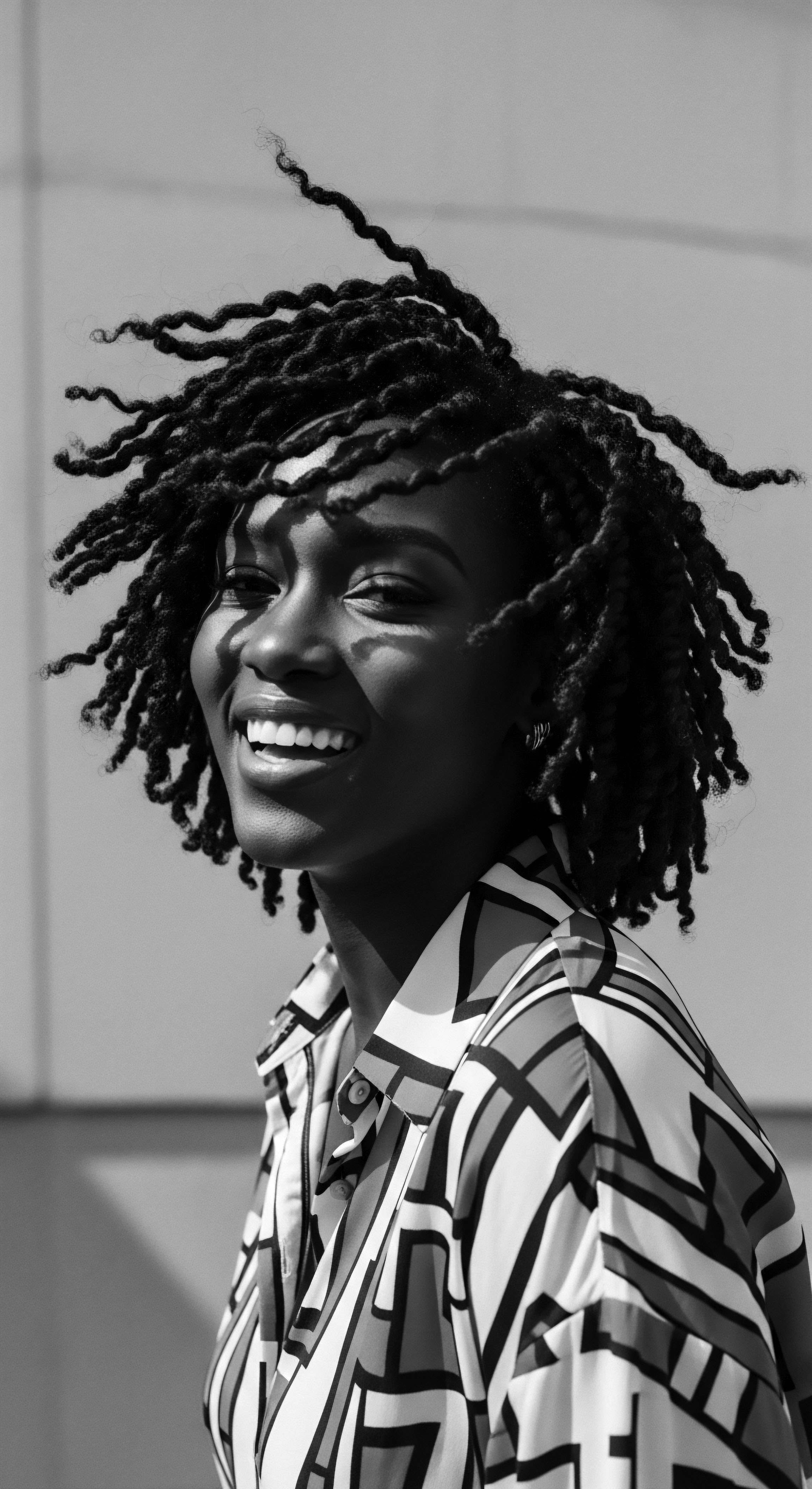
The Alchemy of Natural Ingredients A Deeper Dive
The efficacy of traditional herbal rituals lay in their profound understanding of the natural world and the properties of individual plants. While modern science can isolate compounds, ancestral practitioners understood the synergistic power of whole plants, often combining them to create potent remedies.
Consider, for instance, the widespread use of various plant-based cleansers. In many West African communities, the bark of the Neem Tree (Azadirachta indica), often steeped to create a cleansing infusion, served as a powerful antiseptic and a gentle scalp clarifier. Its properties, now validated by contemporary studies for their antimicrobial and anti-inflammatory effects, were discerned through generations of direct observation and application (Schmutterer, 2002). Similarly, in parts of the Caribbean, the gelatinous inner leaf of Aloe Vera (Aloe barbadensis miller) was applied directly to soothe irritated scalps and condition hair, a practice now understood through its rich mucilage content and humectant properties.
This deep botanical literacy meant that traditional herbal rituals offered solutions tailored to specific hair concerns, whether it was dryness, breakage, or scalp irritation. The lessons are multifaceted ❉ the sustained potency of natural elements, the power of plant synergy, and the timeless wisdom of seeking remedies within our environment.
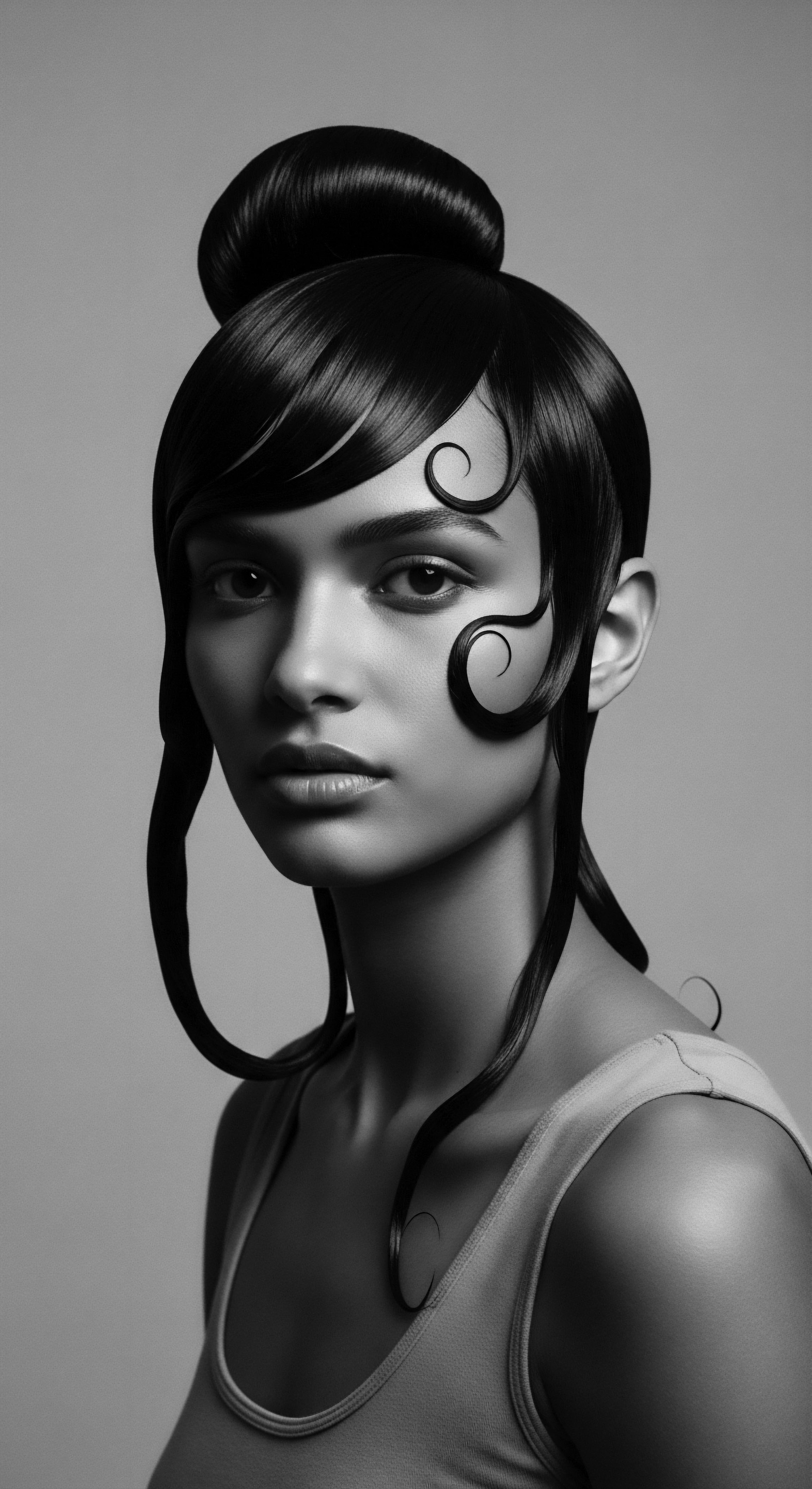
Relay
The enduring lessons of traditional herbal rituals find their most profound expression in the ongoing relay of knowledge across generations, proving that heritage is not static but a living, evolving current. This advanced exploration moves beyond individual practices to examine how these rituals have shaped collective identity, how science is now affirming long-held ancestral truths, and how textured hair itself stands as a powerful beacon of resilience in the face of historical challenges.
We recognize that the journey of textured hair is intertwined with the larger narrative of Black and mixed-race experiences—a chronicle of survival, adaptation, and unwavering self-expression.

Transmitting Knowledge Through Generations
The survival of traditional herbal hair rituals through centuries of diaspora and cultural disruption is a testament to their inherent value and the robust mechanisms of knowledge transfer. This was not a formal academic curriculum but an intimate, lived pedagogy. Grandmothers taught daughters, aunts guided nieces, and communal circles shared wisdom.
The oral tradition, rich with proverbs and storytelling, was a primary vessel. Recipes were memorized, techniques demonstrated, and the significance of each botanical explained through narrative.
Consider the example of the “hair braiding circles” common across various diasporic communities. These gatherings, beyond their practical function, served as informal schools where the tactile skill of braiding was transmitted alongside stories of ancestral lands, resilience, and the symbolic meanings of specific styles. The herbal preparations used during these sessions—perhaps a rosemary-infused oil to stimulate the scalp, or a conditioning rinse made from fenugreek—became intrinsically linked to these moments of communal learning and bonding. This relay of knowledge, often underground or within the sanctity of the home, preserved vital aspects of cultural identity, solidifying hair as a tangible link to heritage.

Science Affirming Ancestral Practices
Perhaps one of the most compelling lessons from traditional herbal rituals is the increasing validation they receive from contemporary scientific inquiry. What was once considered folk medicine or anecdotal wisdom is now being systematically investigated, revealing the biochemical underpinnings of age-old practices. This scientific affirmation bridges the gap between ancestral knowledge and modern understanding, allowing us to appreciate the sophistication inherent in historical hair care.
For instance, traditional practices from India and parts of Africa frequently utilize Bhringraj (Eclipta prostrata) for hair growth and scalp health. Recent pharmacological studies have begun to pinpoint specific compounds within Bhringraj that exhibit hair follicle stimulation and anti-inflammatory activity, aligning with centuries of traditional use (Roy et al. 2021). Similarly, the widespread use of various plant oils, like Castor Oil (Ricinus communis), historically applied for hair strengthening and moisture retention in Caribbean communities, finds modern scientific resonance in its high ricinoleic acid content, known for its conditioning and scalp-stimulating properties.
This scientific validation offers a powerful affirmation, not only of the efficacy of these rituals but also of the profound observational acumen of ancestral communities. It helps dismantle colonial-era dismissals of traditional practices as unscientific, instead positioning them as sophisticated systems of knowledge waiting to be fully understood.

Hair as a Beacon of Resilience and Identity
Throughout history, textured hair has served as a powerful marker of identity, resilience, and often, resistance. During periods of enslavement and colonialism, attempts were made to strip individuals of their cultural markers, including their hair practices. Yet, traditional herbal rituals persisted, often practiced in secret, becoming acts of quiet defiance and self-preservation. The very act of cleansing, conditioning, and styling textured hair with familiar botanicals provided a profound connection to a lost homeland and a continuing heritage.
The wisdom embedded in traditional herbal rituals is a enduring force, shaping perceptions of textured hair as a symbol of identity and fortitude.
The lessons here are not just about hair health; they are about profound self-acceptance and the enduring power of heritage. Hair, especially textured hair, became a canvas for political statements, cultural pride, and personal liberty. The adoption of natural hair movements in the 20th and 21st centuries, deeply informed by a reconnection to these ancestral practices and their herbal components, represents a continuum of this historical narrative. It is a declaration that the identity tied to textured hair, nurtured by ancient rituals, is not only valid but magnificent.

Challenging Colonial Narratives Through Hair Heritage
The colonial project often sought to delegitimize indigenous knowledge systems, including traditional hair care. This led to the imposition of alien beauty standards and the demonization of natural textured hair, often portraying it as unruly or unprofessional. The sustained practice of herbal rituals, however, served as a quiet, yet powerful, counter-narrative. By continuing to prepare and use washes from plants like Shikakai (Acacia concinna) or conditioners from Ayurvedic Herbs, communities subtly rejected the imposed norms.
| Historical Period/Context Pre-Colonial African Kingdoms |
| Hair Practice/Symbolism Elaborate coiffures signifying social status, spiritual connection, often prepared with plant-based oils and clays. |
| Enduring Lesson for Textured Hair Identity Hair as a sacred extension of self, deeply interconnected with community and cosmology. |
| Historical Period/Context Slavery Era (Americas) |
| Hair Practice/Symbolism Braids used for mapping escape routes (e.g. rice in braids for sustenance), clandestine herbal care. |
| Enduring Lesson for Textured Hair Identity Hair as a site of ingenious resistance, communication, and preservation of identity amidst oppression. |
| Historical Period/Context Post-Colonial Eras / Civil Rights Movement |
| Hair Practice/Symbolism The "Afro" as a symbol of Black pride, cultural assertion, rejection of Eurocentric beauty norms, often maintained with natural care. |
| Enduring Lesson for Textured Hair Identity Hair as a powerful political statement, reclaiming autonomy and celebrating inherent beauty. |
| Historical Period/Context The historical journey of textured hair reveals a continuous dialogue between traditional care, self-expression, and the enduring spirit of communities. |
This sustained practice of ancestral rituals became a form of epistemological resistance, asserting the validity and efficacy of non-Western approaches to beauty and well-being. The lesson here is one of cultural preservation and the inherent authority of inherited knowledge. It teaches us that our understanding of beauty, and indeed our approach to hair care, can and should be rooted in a deep respect for diverse traditions, acknowledging that wisdom has many sources.

Reflection
As we step back from this detailed exploration of traditional herbal rituals and their deep connections to textured hair identity, what remains is a powerful sense of ongoing legacy. The lessons passed down through generations—from the careful selection of earth’s botanicals to the communal acts of braiding and care—are not simply historical artifacts. They are living blueprints, offering timeless wisdom for how we perceive, care for, and celebrate our textured hair today.
Roothea’s ethos, the ‘Soul of a Strand’, finds its deepest resonance in this heritage. It is a call to recognize that every curl, every coil, every wave is a testament to the perseverance, creativity, and spiritual connection of our ancestors. These rituals, whether rediscovered or continuously practiced, remind us that true hair care extends beyond superficial appearance. It is an act of connection ❉ connecting with our bodies, with our past, and with the vibrant communities that have shaped our understanding of beauty.
The enduring significance lies in the fact that these traditional ways offer more than just botanical remedies; they offer a philosophy of being. They ask us to consider our hair not as something to be managed or altered to fit an external standard, but as an integral, sacred part of who we are, intrinsically tied to our ancestral lineage. This profound understanding allows us to approach textured hair with reverence, informed by both ancient wisdom and contemporary insight, ensuring its story continues to be written with pride and purpose. The legacy of herbal rituals for textured hair is a vibrant, continuous unfolding, a testament to enduring wisdom.
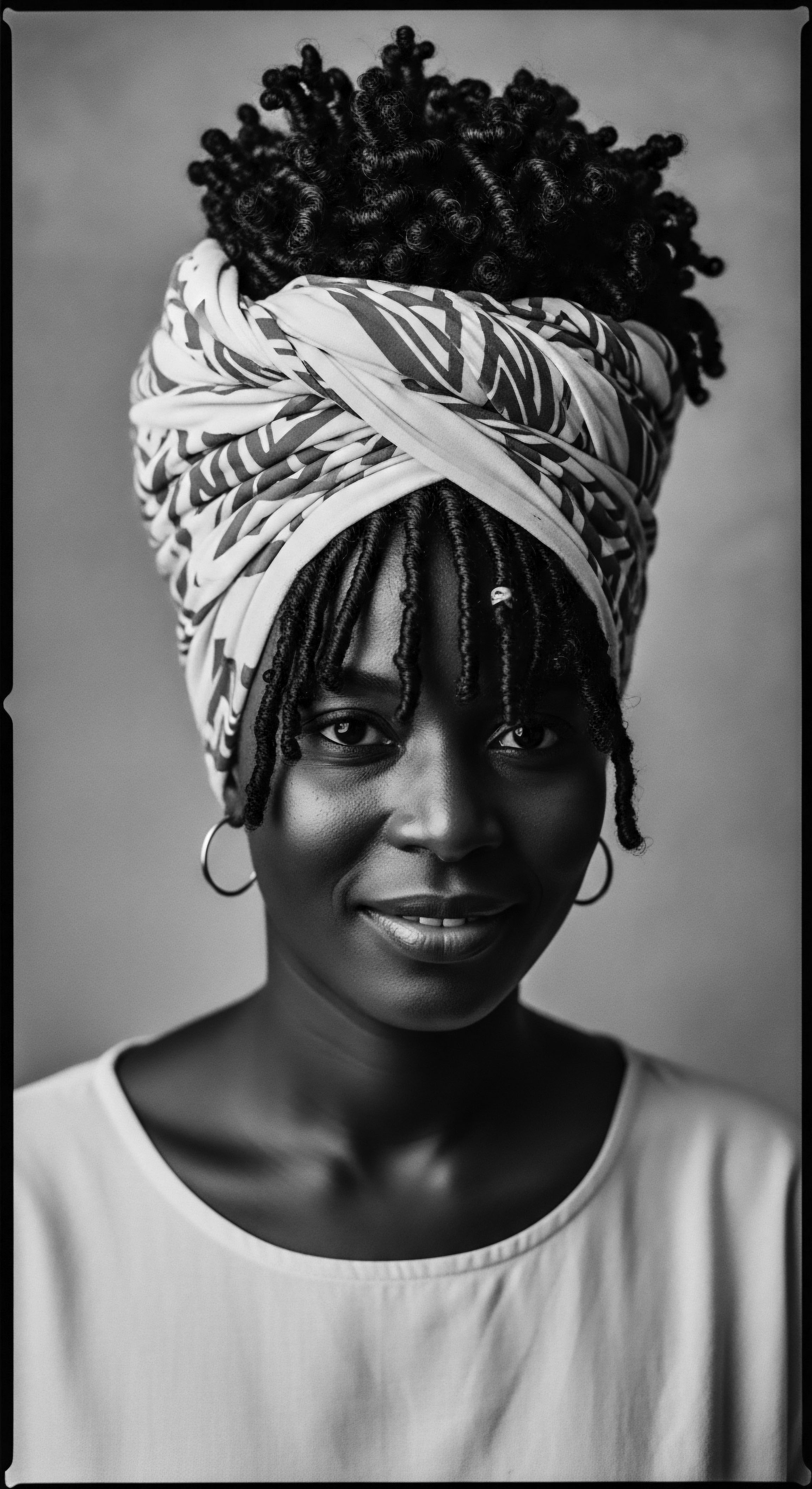
References
- Roy, T. Singh, A. K. Singh, R. Kumar, A. & Singh, B. (2021). Medicinal Plants and their Traditional Applications in Hair Care. In ❉ Natural Hair Care Products. CRC Press.
- Schmutterer, H. (2002). The Neem Tree ❉ Source of Unique Natural Products for Integrated Pest Management, Medicine, Industry and Other Purposes (2nd ed.). CRC Press.
- Thompson, R. (2001). African Americans and the Politics of Hair. New York University Press.
- Byrd, A. L. & Tharps, L. D. (2014). Hair Story ❉ Untangling the Roots of Black Hair in America (2nd ed.). St. Martin’s Griffin.
- Adeyemi, Y. L. (2018). Indigenous African Hair Care Practices and the Challenges of Globalization. In ❉ Hair ❉ A Cultural History of Human Hair. Bloomsbury Academic.
- Walker, A. (2001). On Her Own Ground ❉ The Life and Times of Madam C. J. Walker. Scribner.
